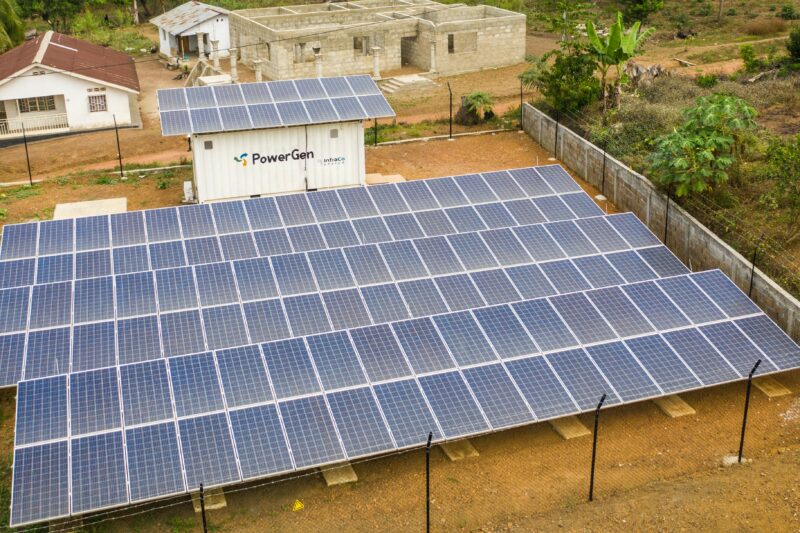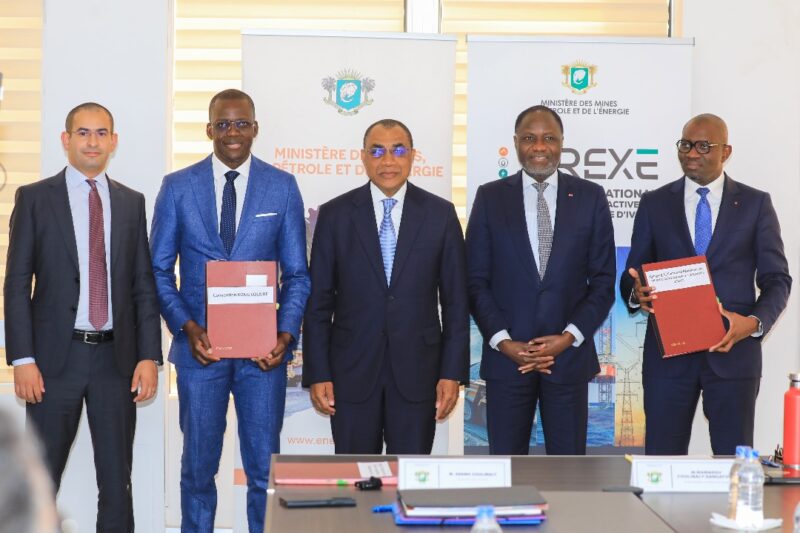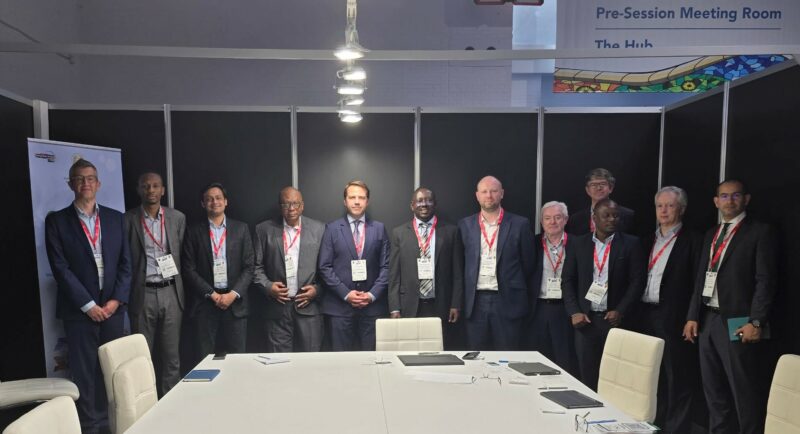CrossBoundary: Open Sourcing Infrastructure Finance for Mini-grids
16th Dec 2020
This piece was originally published on the Crossboundary Energy Access (CBEA) website. The full report can be found here.
Executive Summary: Open Sourcing Infrastructure Finance for Mini-Grids
We are open sourcing our investment approach for mini-grids to accelerate universal energy access in Africa
Time is running out to achieve universal energy access in Africa. Mini-grids have a critical role to play in bridging the gap. They are the least-cost method to bring electricity to over 260 million people in Africa. The mini-grid sector is ready to scale and meet that challenge. But it needs a new model of financing that allows infrastructure capital to flow into the underlying assets.
CBEA and our partners Ceniarth, Camco Clean Energy, DOEN Foundation, Foley Hoag, Norton Rose Fulbright, PowerGen Renewable Energy, the Renewable Energy Performance Platform (REPP), Rockefeller Foundation, Shell Foundation, Standard Microgrid, and UK aid have developed an approach to allow this transformative shift in financing. But to achieve this transformation, this approach needs to be adopted widely.
CBEA Partners

Therefore, we believe “open sourcing” our approach will help accelerate universal access to electricity in Africa. We are sharing a set of tools that we co-developed with our partners to unlock access to the $1 trillion global infrastructure capital market that mini-grids need to scale.
We believe project finance unlocks the capital mini-grids need to scale. Mini-grids are infrastructure and they need long-term, low-cost capital just like other infrastructure assets. But mini-grids have been difficult to invest in as infrastructure assets. Project finance can address this. Moreover, bringing infrastructure capital into the mini-grid sector also allows developers to raise corporate financing.
We are sharing these four core components of our project finance approach for mini-grids:
- First, term sheets for the project contracts that are critical to aligning incentives between Owner and Operator. We will be publishing the template term sheets on 15th February 2021.
- Second, a bankable project finance model, showing the conservative assumptions required to secure long-term debt. We will be publishing the template financial model on 15th February 2021.
- Third, what we have learnt about the on-the-ground realities that make implementing our structure in rural Africa challenging – contained in the full report.
- And finally, an overview of the market and regulatory risks that remain, even when using project finance – contained in the full report.
We recognize that financing is just one innovation of many that will be required for mini-grids to fulfil their potential. However, we believe it is an important one, and we are excited by the many potential iterations and improvements on our model. We are open sourcing our model so others can use and improve on it. We believe we can converge on financing solutions to achieve SDG7, if we act swiftly, and if we act together.
Related projects

Sierra Leone: Sierra Leone Mini-grid Project I & II
Rolling out off-grid energy access
The project operates a portfolio of solar, battery, diesel hybrid mini-grids serving over 13,000 customers across the southern and eastern half of Sierra Leone. An extension, supported by UEF, will expand access to further communities.








